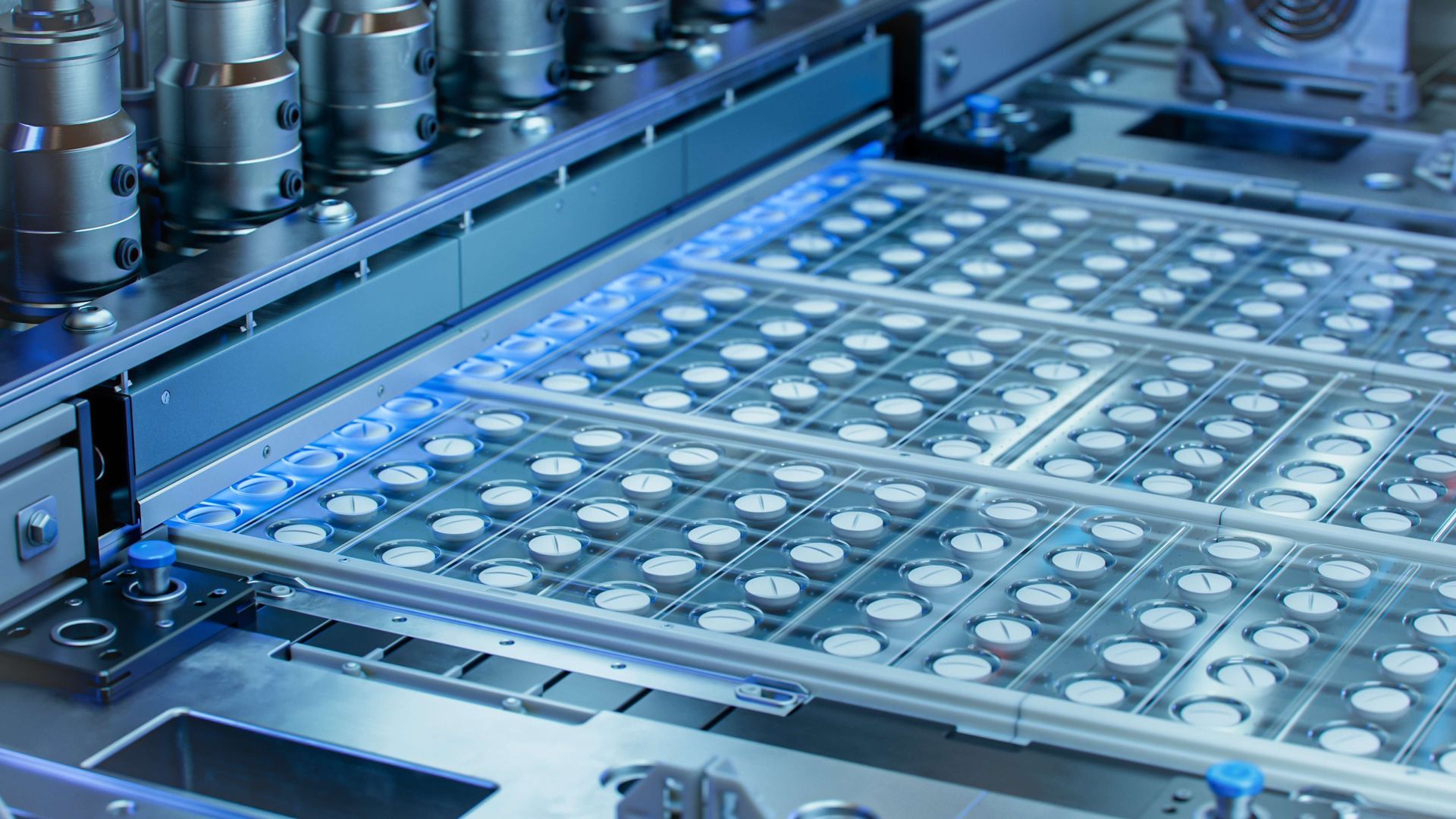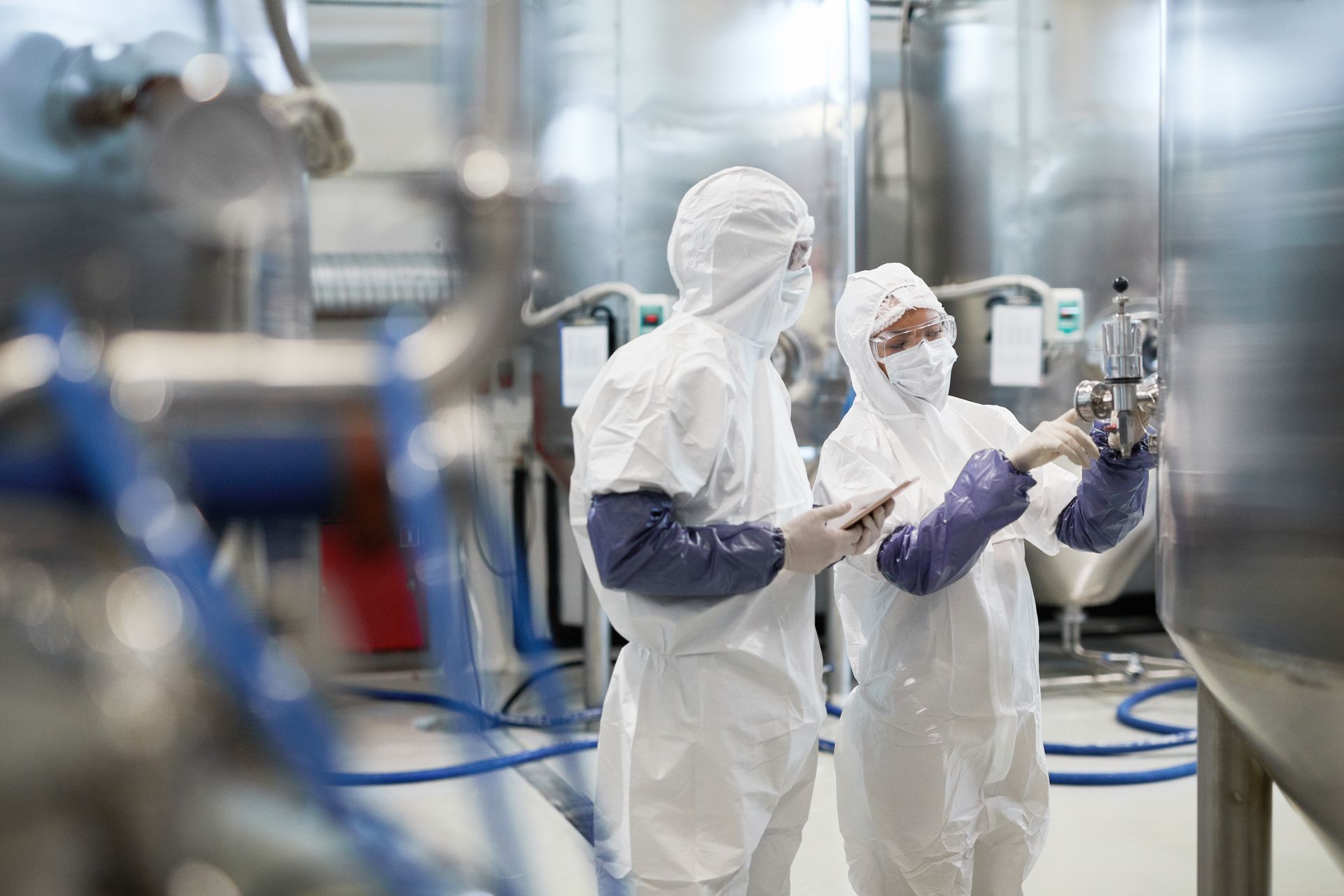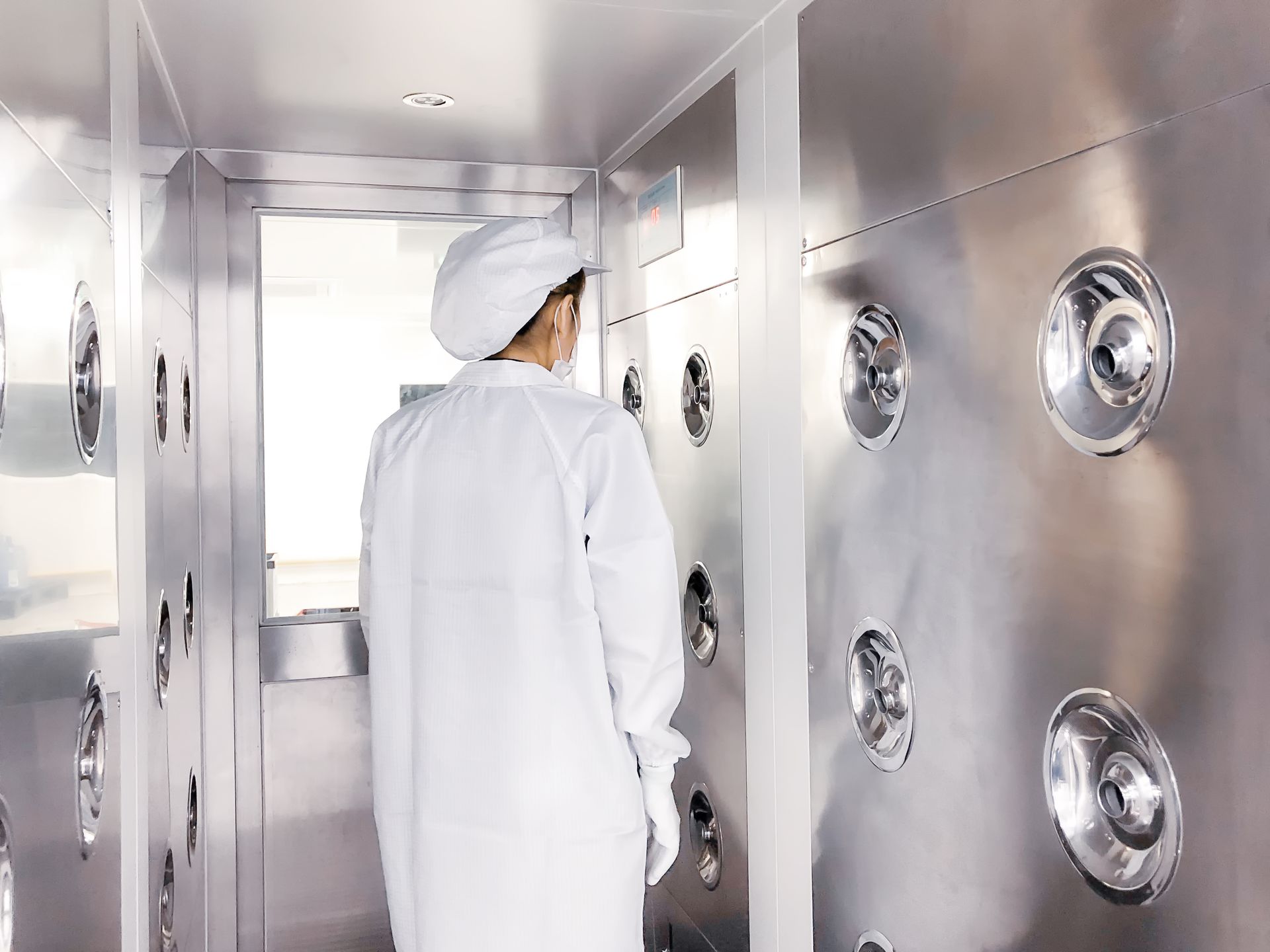Cleanroom Challenges in the Pharmaceutical Industry

Introduction
Cleanrooms are a crucial aspect of the pharmaceutical industry, where high standards of cleanliness, environmental control, and contamination prevention are paramount. These controlled environments enable the production of drugs, biologics, and other therapeutic products under conditions that minimize contamination from particles, microorganisms, and chemicals. Despite stringent regulations and advanced technologies, cleanroom operations in pharmaceuticals face a number of challenges, particularly as new products like cell and gene therapies demand higher standards of sterility and precision. This article delves into some of the primary challenges in maintaining cleanrooms within the pharmaceutical sector, examining both traditional difficulties and emerging complexities.
1. Stringent Regulatory Compliance
Pharmaceutical cleanrooms must comply with a wide range of regulations, including those set by the Food and Drug Administration (FDA), European Medicines Agency (EMA), and international guidelines like ISO 14644, which defines cleanroom classifications based on particle counts. These standards require not only stringent environmental controls but also regular validation, testing, and reporting.
- Challenge: The evolving regulatory landscape can be difficult to keep up with, especially with the increasing scrutiny on sterile processing and aseptic manufacturing. New guidelines often require changes in equipment, testing protocols, or operational procedures, adding complexity to already rigid processes.
- Solution: Pharmaceutical companies need robust compliance teams and flexible systems that can adapt quickly to regulatory updates, including automated reporting and digital compliance monitoring tools.
2. Particle and Microbial Contamination Control
Particulate and microbial contamination in cleanrooms can lead to product recalls, batch losses, and potentially harmful impacts on patient health. Cleanrooms are designed to control particles from various sources, including humans, materials, equipment, and ventilation systems. However, achieving and maintaining this level of control can be an ongoing challenge.
- Challenge: Even with stringent gowning procedures and air handling systems, particles can be introduced by personnel, equipment wear, and even the production materials themselves. Microbial contamination is particularly challenging as many microbes can survive in low-nutrient environments and persist in hard-to-clean areas.
- Solution: Enhanced monitoring with real-time particle and microbial detectors, improved cleaning protocols, and implementing advanced filtration systems, like HEPA and ULPA filters, can reduce the risk of contamination. Routine personnel training on contamination control procedures is also crucial.
3. Environmental Monitoring and Data Management
Continuous environmental monitoring is required to maintain cleanroom standards and detect potential contamination issues before they impact product quality. Data collected on temperature, humidity, airflow, pressure differentials, and contamination levels must be managed meticulously.
- Challenge: Managing vast amounts of data from multiple sources can be difficult, especially if facilities lack centralized, automated systems. Manual data management increases the risk of errors, potentially leading to compliance violations.
- Solution: Automated environmental monitoring systems that integrate data collection, storage, and analysis in real-time are increasingly used in pharmaceutical cleanrooms. Cloud-based data storage can also improve accessibility and traceability while reducing the potential for human error.
4. Personnel-Related Contamination Risks
Personnel are often the largest source of contamination in cleanrooms, despite rigorous gowning and hygiene protocols. Human skin, hair, respiratory droplets, and even movement can introduce particles and microbes into a sterile environment.
- Challenge: Managing contamination risks related to personnel requires a fine balance between rigorous protocols and practical usability. High turnover rates in the industry can make consistent training and enforcement challenging.
- Solution: Automated systems like robotics and remote-operated tools can minimize the need for human presence in critical areas. Virtual reality (VR) training for cleanroom protocols also shows promise in improving staff performance and awareness of contamination risks.
5. Energy and Cost Efficiency
Cleanrooms are energy-intensive environments due to the need for high-efficiency ventilation systems, temperature and humidity controls, and rigorous cleanliness standards. Maintaining such environments requires significant energy input and cost, which can be challenging to manage sustainably.
- Challenge: Balancing operational costs with environmental responsibility is difficult, especially as cleanroom standards continue to become more demanding. Cleanrooms operating at ISO Class 5 or better are particularly costly, requiring 100% HEPA filtration and maintaining positive air pressure.
- Solution: Energy-efficient technologies, such as advanced HVAC controls, energy recovery ventilators, and variable-speed motors, can help reduce costs. Lean manufacturing principles and optimizing cleanroom design to reduce unnecessary air exchanges can also improve energy efficiency without compromising cleanliness.
6. Cross-Contamination in Multiproduct Facilities
Many pharmaceutical companies operate multiproduct facilities where different drugs or biologics are manufactured in shared spaces, raising the risk of cross-contamination. This issue is particularly pressing for facilities producing both traditional drugs and new biologics or cell and gene therapies, which require different contamination control standards.7
- Challenge: Ensuring no cross-contamination between products requires robust cleaning protocols, validated containment procedures, and sometimes complete room shutdowns for cleaning. Multiproduct facilities may also need to segment their cleanrooms or install specialized air handling to prevent cross-contamination.
- Solution: Modular cleanroom setups allow sections of a cleanroom to be isolated and dedicated to a specific product for a particular production run, reducing the risk of cross-contamination. Dedicated air-handling systems for each production area also enhance containment.
7. Risk of Contamination in New Therapeutic Product Manufacturing
Innovative therapies such as cell and gene therapies pose unique challenges for cleanroom environments due to their sensitivity to environmental factors and the need for even higher sterility levels. These therapies are often produced in small batches, increasing the risk of contamination from any procedural lapse.
- Challenge: Cell and gene therapies often require handling of live cells and genetic materials, which are susceptible to contamination that could ruin the entire batch and impact patient safety. These therapies also require a higher level of operator interaction, increasing contamination risks.
- Solution: Single-use technologies (SUTs), such as disposable bioreactors, tubing, and filters, reduce the risk of contamination by eliminating the need to sterilize reusable components. Closed-system processing, where production occurs in a sealed environment, is another solution gaining traction in cell and gene therapy manufacturing.
8. Cleanroom Automation and Technological Integration
The complexity of modern cleanroom operations calls for sophisticated automation, such as robotic systems, process automation, and remote monitoring. Automation is highly beneficial in reducing human error and contamination, but it also introduces new challenges.
- Challenge: Integrating automation into cleanroom environments is often challenging due to compatibility issues with existing systems and the potential for introducing particles through mechanical wear. Additionally, the high upfront cost of automation technology and the need for specialized staff training can be prohibitive.
- Solution: Robust maintenance programs for automated equipment and careful planning of automation integration can mitigate these risks. Implementing modular automation that can be scaled or adjusted as needs evolve is another effective strategy.
9. Quality Control and Sterility Testing
Quality control in cleanrooms involves regular sterility testing and validation procedures to ensure compliance and maintain product safety. The sterility testing process is often time-consuming and costly, particularly for high-value batches like biologics or gene therapies.
- Challenge: The challenge lies in balancing the thoroughness of quality control with production efficiency. Traditional sterility testing methods can be time-consuming, with long incubation periods that delay production timelines.
- Solution: Rapid microbial detection methods, such as ATP (adenosine triphosphate) bioluminescence, can help reduce the time needed for sterility testing. In addition, advanced methods like real-time PCR (Polymerase Chain Reaction) enable faster microbial detection, facilitating quicker batch release.
Conclusion
Cleanroom challenges in the pharmaceutical industry are multifaceted, spanning from stringent regulatory compliance to managing personnel-related contamination risks. With the rise of advanced therapeutic products like cell and gene therapies, the demand for precise control and contamination prevention has never been higher. While technological advances in automation, monitoring, and containment offer potential solutions, the industry must continuously adapt to maintain the high standards required for patient safety and product efficacy.






